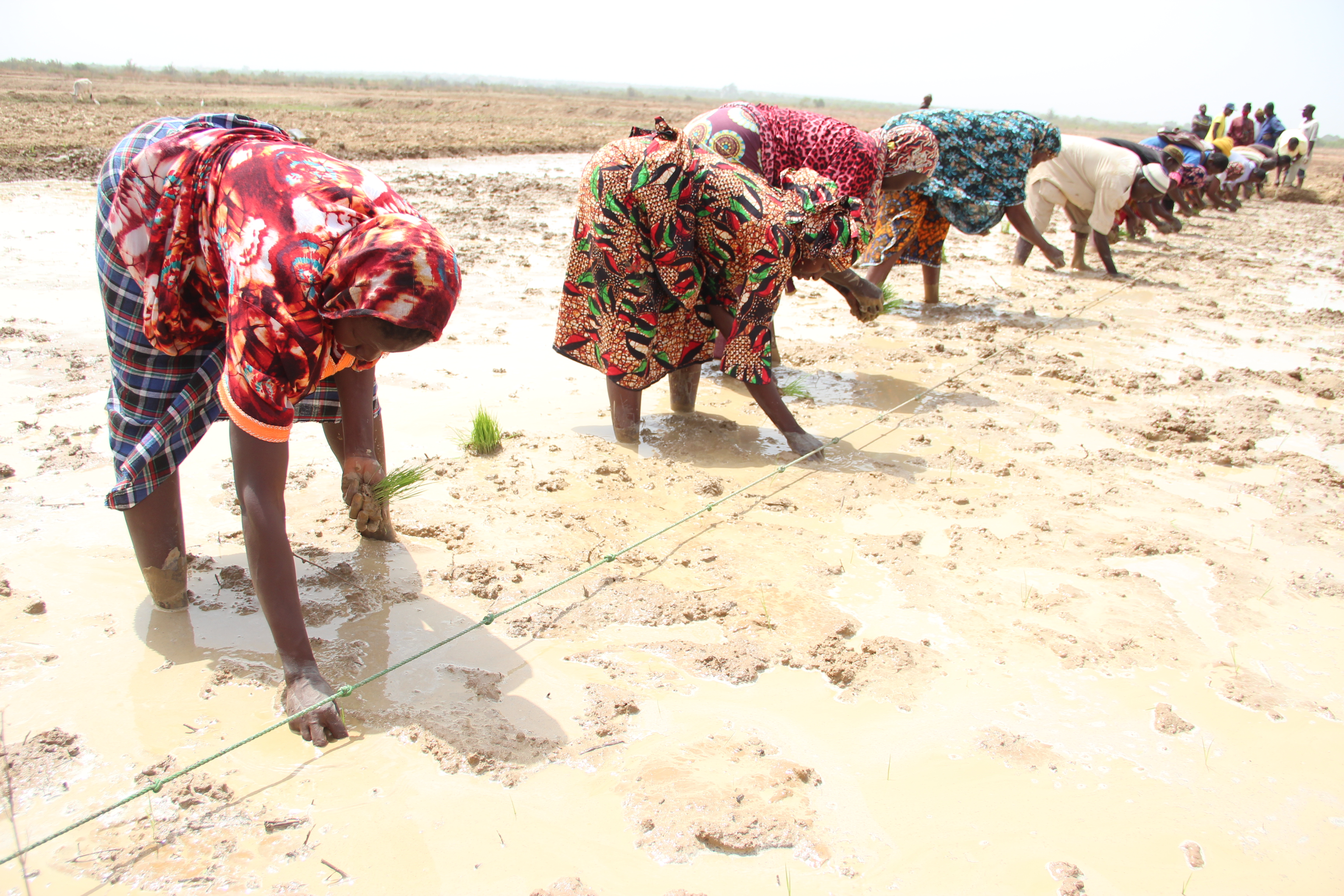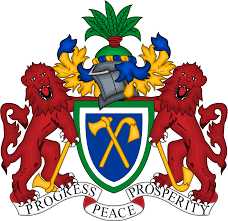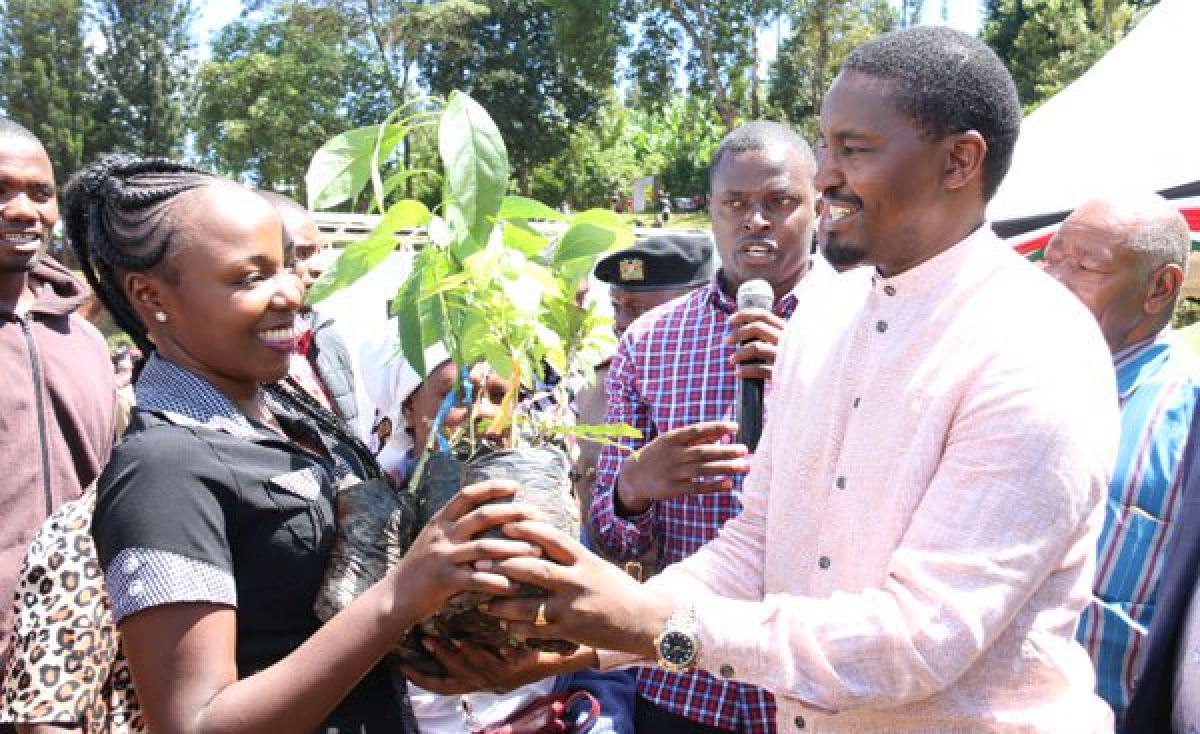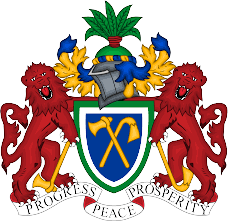 03 April, 2023
03 April, 2023
World Bank Funded GIRAV Project Concludes Hands On Training For Rice Farmers In CRRS and URR
The innovative farming methodology dubbed the System of Rice Intensification (SRI) is a climate-smart sustainable agricultural practice that provides ecological, socioeconomic benefits to farmers’ families, businesses and consumers. SRI methodology is invest small by using (less of seeds, water, nutrient, and reduced plant population per hill) to produce more.
The capacity building initiative which took the form of a sensitization and trainings on the SRI methodology was conducted by the World Bank funded Gambia Inclusive and Resilient Agriculture Value Chain Development Project (GIRAV). The Ministry of Agriculture is the project’s executing agency, and it is being implemented by the Central Projects Coordinating Unit (CPCU) of the Ministry.
The sensitization and hands-on trainings were conducted at the rice fields at Janjanbureh (Nyantan Leh & Faraba Leh), Sankulay kunda, Kose Mare, Sotuma Samba and Dampha Kunda. Each session was attended by 25 participants more than 60 percent of whom were women drawn from the communities in the catchment areas.
Addressing participants at the various sites, Mrs. Ramatoulie Hydra Sanyang, Director of Operations, GIRAV project and a lead trainer on SRI lamented that the country is highly dependent on imported rice even though the resources (land and labour) exist for the country to meet the national demand for the staple food. She explained that the Gambia government is committed to reverse this trend and this is why rice is one of the five priority value chains that the GIRAV project is investing this will help move us from subsistence to commercial scale. She advised participants to adopt and scale up the methodology for the achievement of national food security and economic growth.
She said: “SRI achieves greater yields from reduced inputs. With conventional rice production you are using 50kg to 60kg to cultivate a hectare and your average yield is 2.5 to 3 metric tonnes. While with the SRI method, your seed requirement for a hectare is 8kg to 10kg only. The remaining seeds would be made available to feed the household or generate income for you.
“Rice is one of the five priority value chains of the GIRAV project. As you may know, both the Gambia Government and the World Bank want to see our farming system transforming from subsistence to commercial agriculture. This is one of the reasons why the project is investing in the promotion of the SRI. If we all embrace SRI and adopt the agriculture advisory services, we will be self-sufficient in rice and at the same time have a surplus to sell to create wealth”.
Mr. Modou Sabally, Seed Officer, National Seed Secretariat explained the importance of quality seed for increased productivity and socio-economic growth. He also reminded participants that if they embrace seeds production using the SRI method they will soon recognise marked improvements in their livelihoods.
Mr. Modou Sambou a retired Agronomist and a Master Trainer in SRI also elaborated on the need for farmers to adopt the SRI method in their quest to be self-sufficient in rice. He explained that SRI follows four key principles that produce significantly greater crop yields, simultaneously reducing inputs and greenhouse gas emissions.


